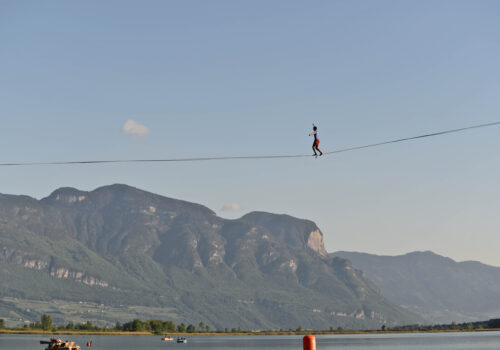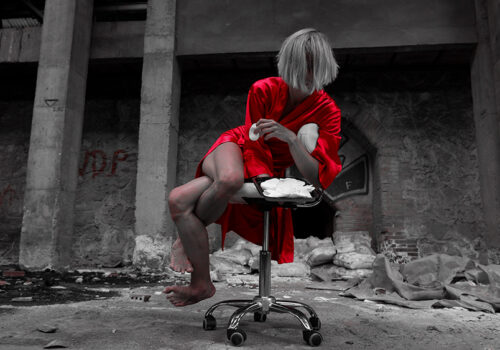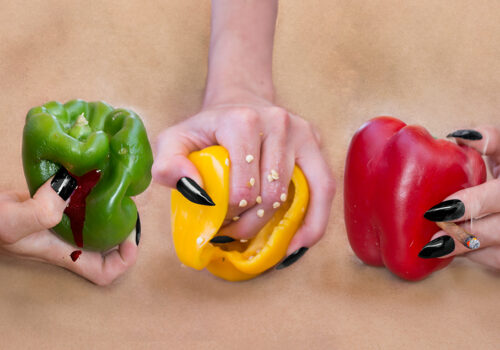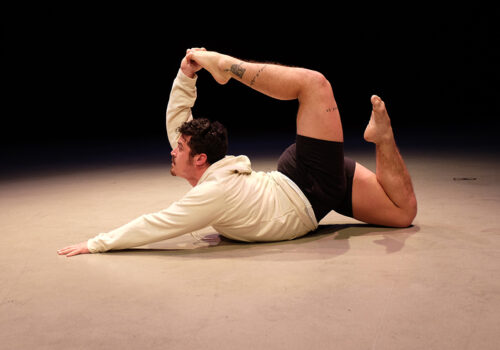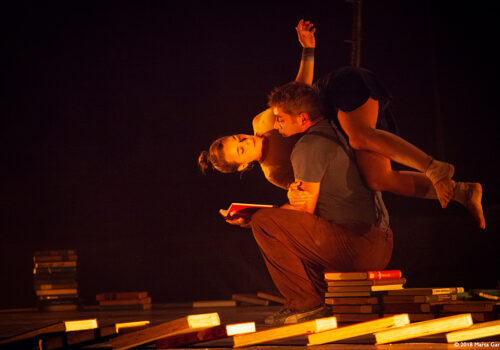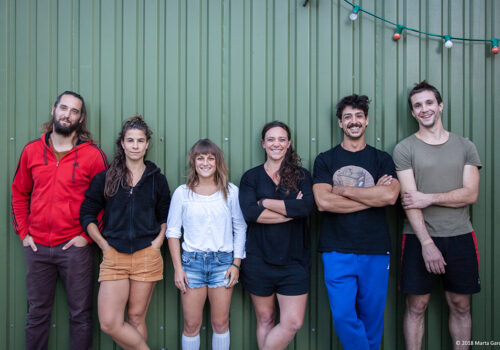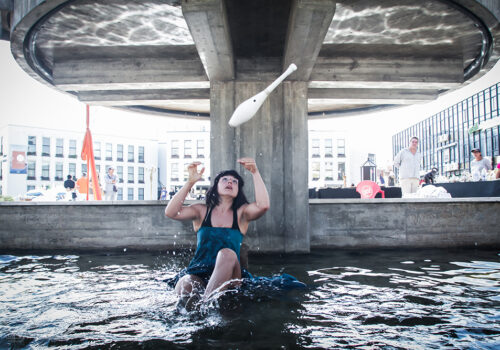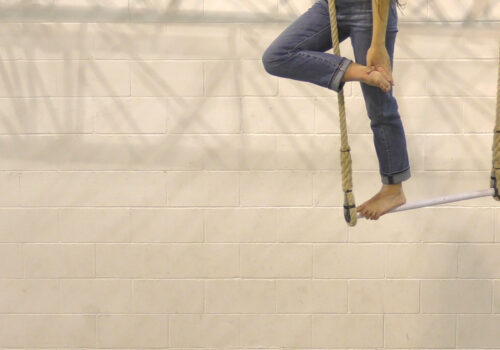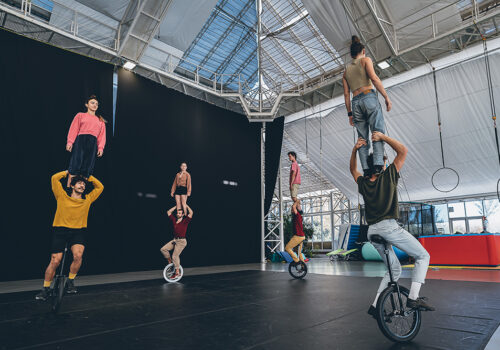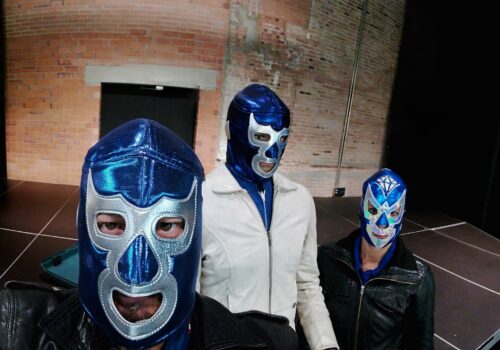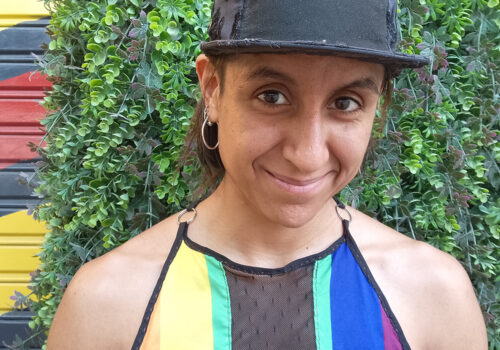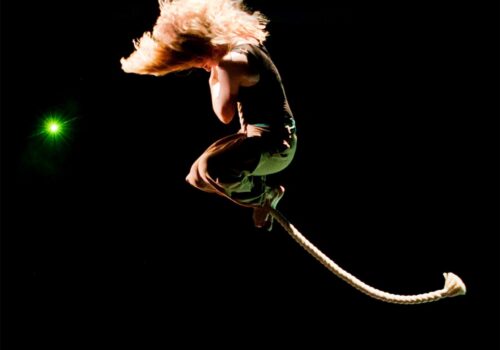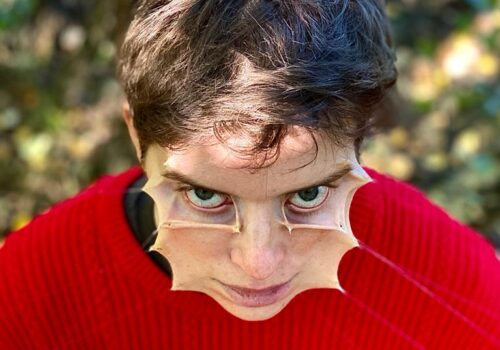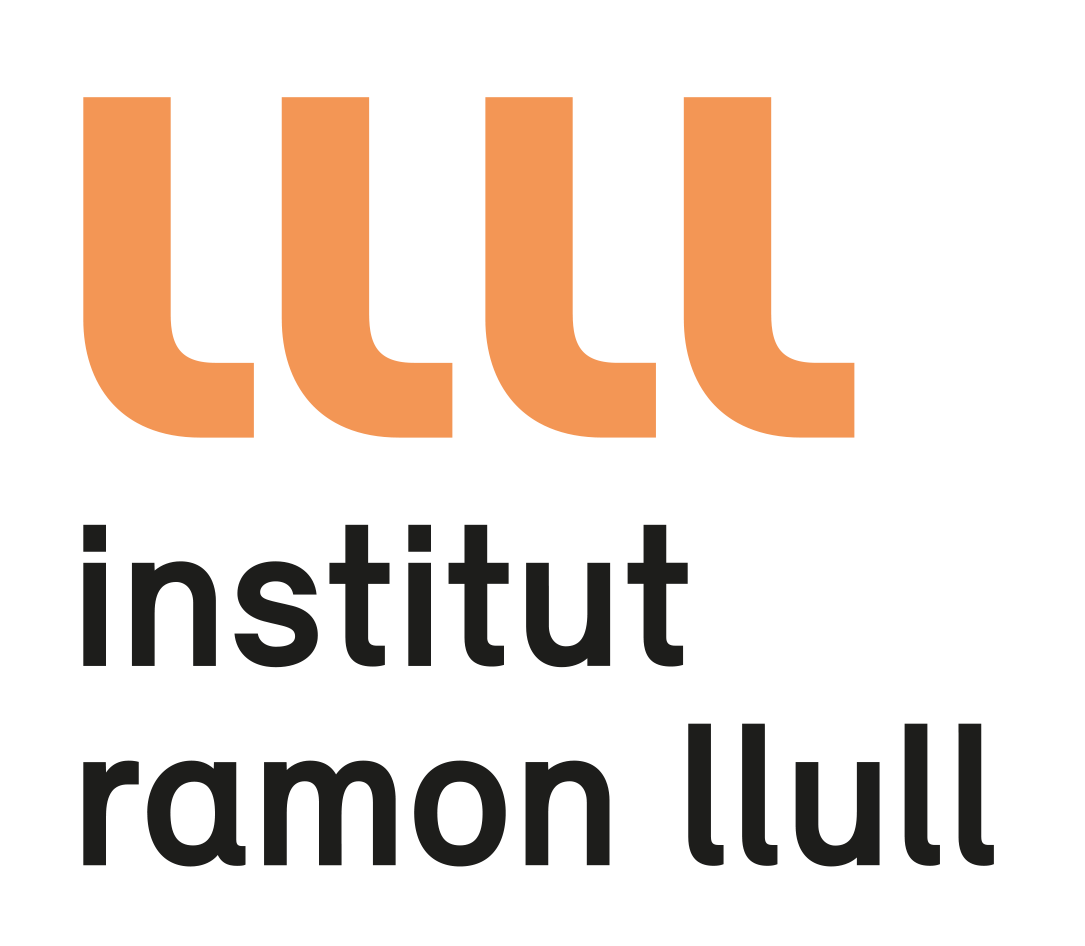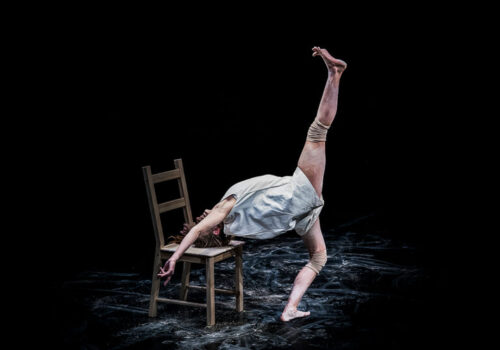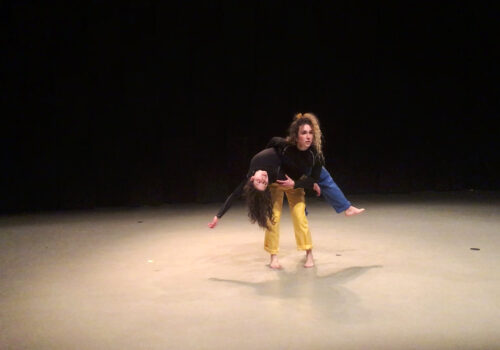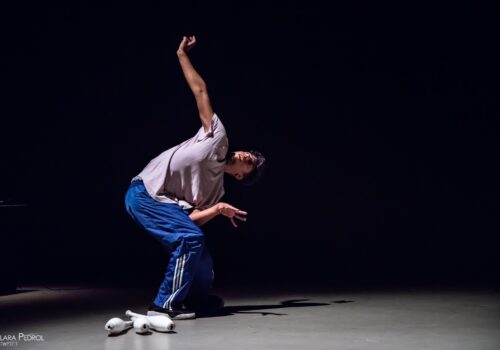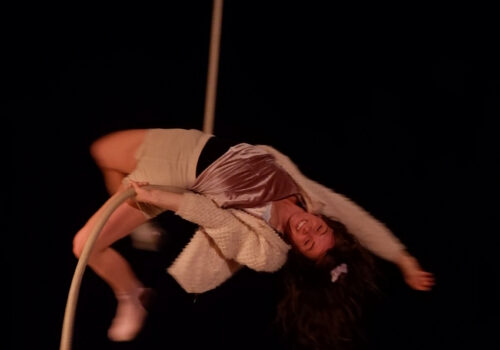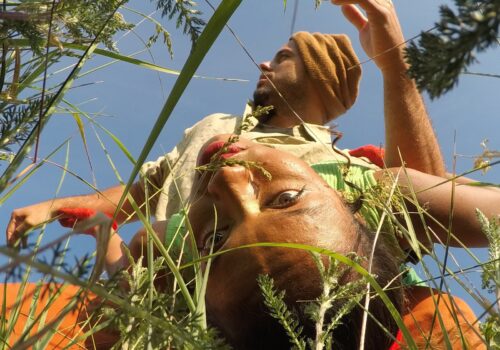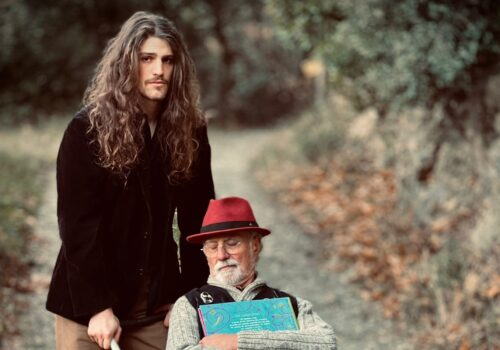AGENDA
LA CENTRAL DEL CIRC
TRAINING
CREATIVITY AND RESEARCH
Related news
04 November, 2025

Residencies
Shows
2025
Open registrations for the P.L.A.T on November 20 with Cia. Croma and Luis Mantilla
04 November, 2025

Calls
Residencies
2025
Resolution of the call for the Transits Residencies 2026 and the ‘Barcelona Crea Grants – Creation Factories’
17 September, 2025
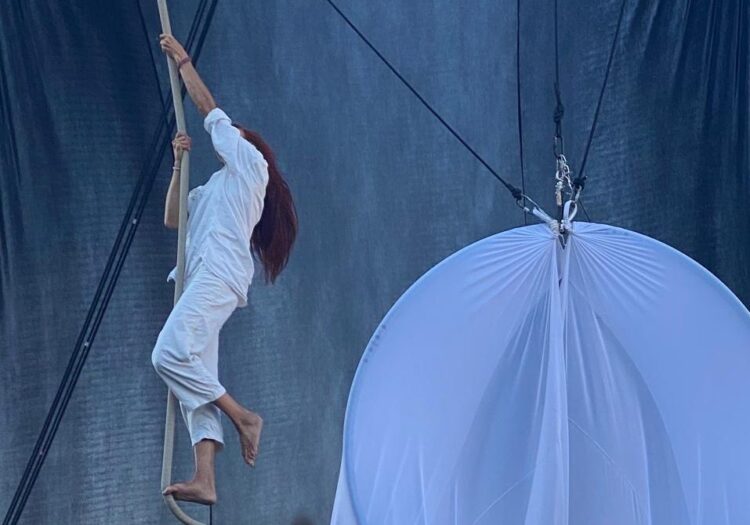
Residencies
Shows
2025
Open call to participate in CirCulem 2026/2027
08 September, 2025
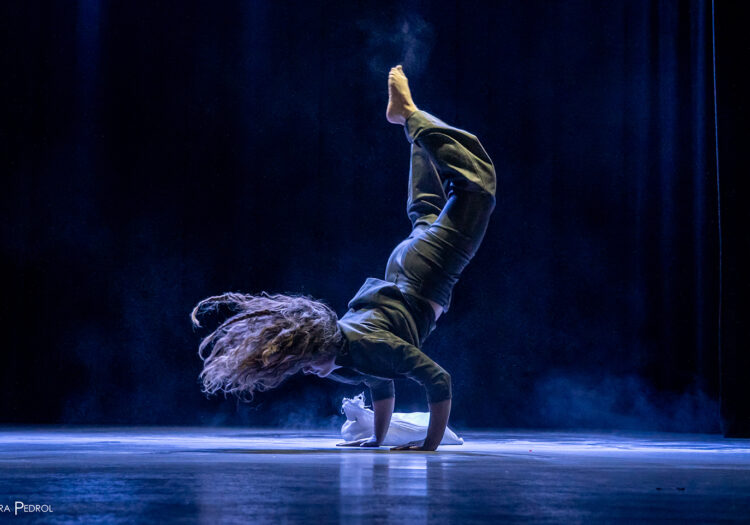
Residencies
2025
Open Call – Trànsits 2026 Residency Program, supported by the ‘Barcelona Crea Grants – Creative Factories’
28 May, 2025

International projects
Residencies
2025
Resolution of the 2025 Iberescena Program Call for Proposals
07 April, 2025

La Central
Reflection
Residencies
2025
“Can We Create Without Memory?” Check out the 2025 fanzine!
Other residencies
MEDIATION










